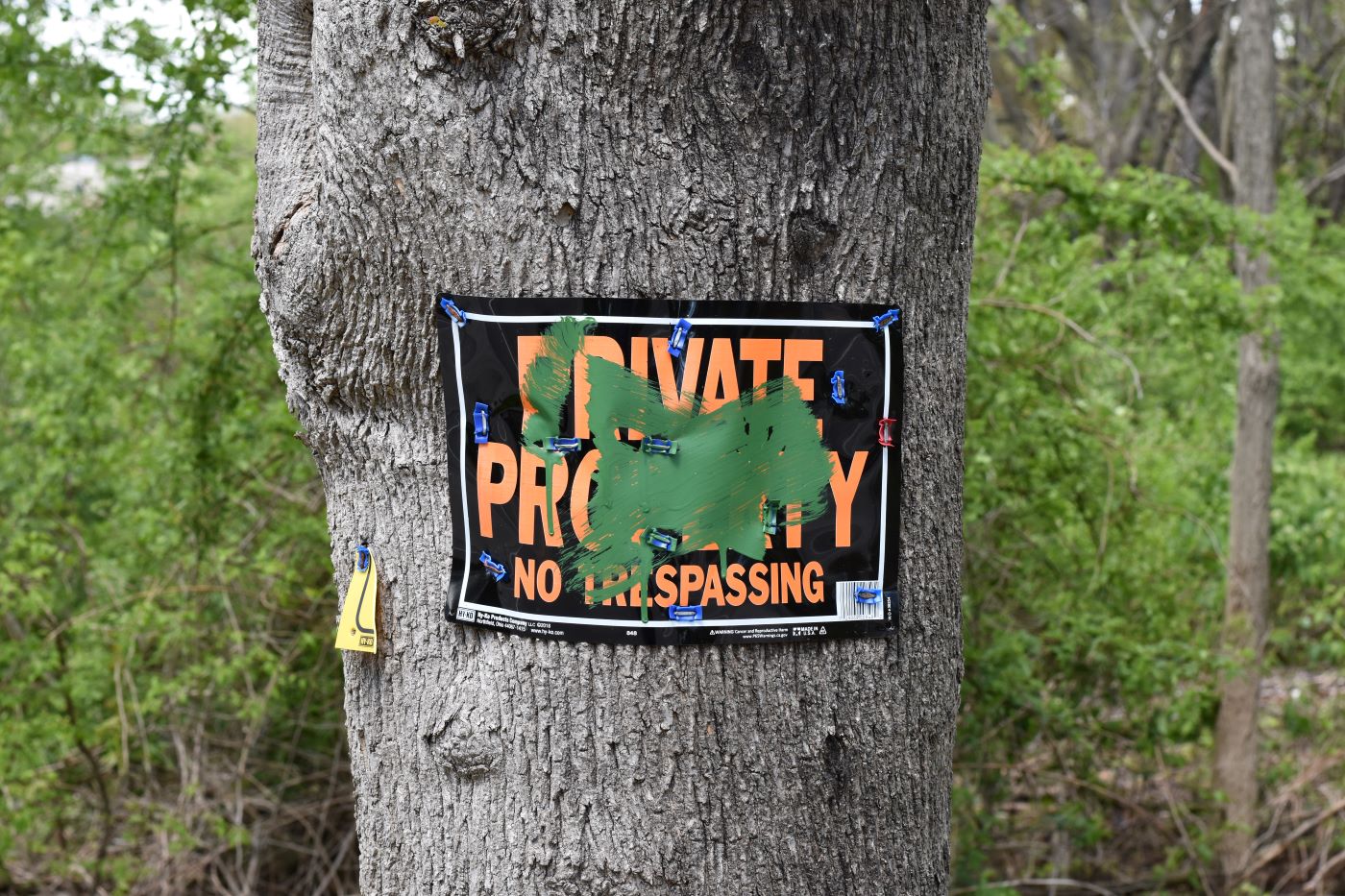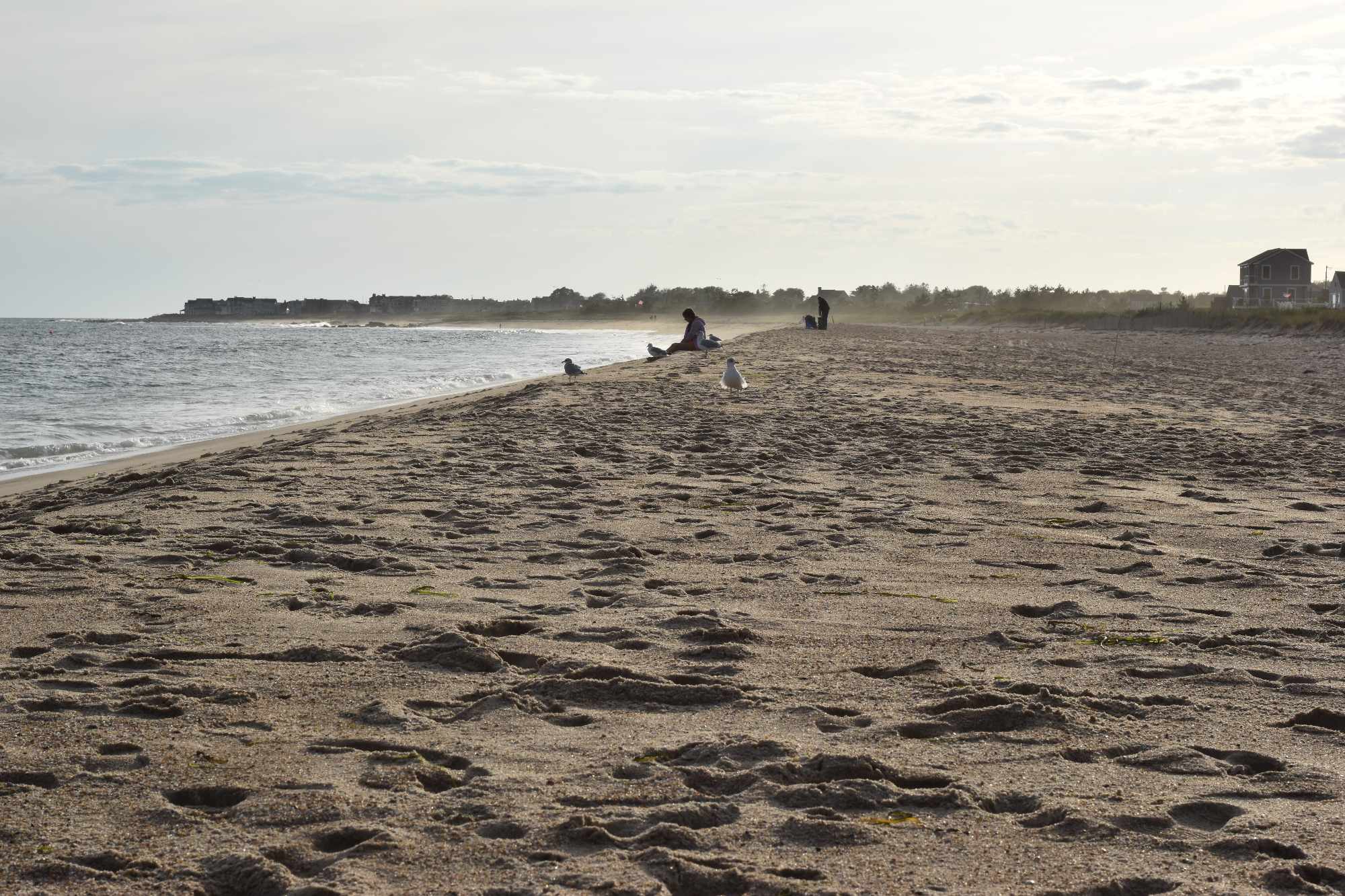Local Author Finds Interesting, Healing ‘Easy Walks’
January 13, 2021
Thirty years ago Marjorie Turner Hollman found her right side paralyzed after brain surgery. She was unable to drive in the seven years of recovery that followed and turned to writing and taking walks down her dead-end road for solace.
When she met her second husband, an avid outdoorsman, she slowly began to move beyond handicap-accessible walks to what she now calls “easy walks.”
“If I had not found myself on a hospital bed paralyzed after brain surgery, I wouldn’t be doing easy walks,” said Turner Hollman, who lives in Bellingham, Mass., which is just over the Rhode Island border near Cumberland. “I have healed to the extent that I am able to walk with support, meaning hiking poles, and I’m very selective of where I choose to walk. I’m not your Appalachian Mountain Club material.”
Over the years, Turner Hollman sought out more of these easy walks, which she defines as “walks that don’t have too many roots, don’t have too many rocks, are relatively level … with something of interest along the way.”
In essence, walks that children, people with mobility issues, and those new to the outdoors can enjoy. Anyone, really.
And as Turner Hollman started her easy walks, she began to chronicle them — and the natural world around her — first for her local newspaper and later on her blog. Then, the questions came pouring in.
“I started having people find my website and they kept asking the question, Where’s Joe’s Rock?’” Turner Hollman said. “Well, it’s in Wrentham [Mass.] on Route 121 right near the Cumberland line, and after about the 500th time somebody came to that article, I said, ‘Well I think there’s a need here.’”
Turner Hollman wrote her first book, “Easy Walks in Massachusetts,” in 2014 to provide a one-stop-shop resource for anyone else in the state looking for easy walks. But the process was far from easy, since a lot of the walks she enjoyed weren’t in any guidebooks.
“At the time, they didn’t have any guides for outdoor things here. We’re not the Cape, we’re not in the white mountains, we don’t have that cache,” she said. “Today, a lot of town offices have put up maps of their conservation areas, but when I started writing these in 2013, there were next to none. I visited town halls and said, ‘Help me!’ or called and said, ‘Do you have properties that kind of fit this?’ I did a lot of legwork.”
Since then, she’s written another three “easy walks” books, one of which was done in conjunction with the Ten Mile River Watershed Council, an organization with offices in Rumford, R.I., and Attleboro, Mass. This two-state watershed contains one of her favorite easy walks, Hunts Mills, which has a man-made dam and waterfall and trails that loop through the woods.
“It’s stunning and incredibly accessible,” Turner Hollman said. “You can even just sit in your car and watch the falls … it’s this hidden away little spot. It’s just a gem.”
In her most recent book, Finding Easy Walks Wherever You Are, Turner Hollman takes the principles of seeking out and enjoying easy walks to a broader level, providing tips and perspectives that anyone can use to seek out a special place to walk anywhere.
“There are plenty of places, but people don’t know how to find them because a lot of the time they’re off the beaten track,” she said. “I encourage people to consider places like, for example, your local cemetery to visit respectfully, understanding its first purpose is not a walking place … but they’re wonderful places to walk and often have paved roadways through them.
“So that’s a lot of what I talk about in finding easy walks wherever you are. It’s providing ideas that people maybe don’t think about.”
The book is also a culmination of Turner Hollman’s personal experience and belief that anyone, regardless of ability, can go on a walk.
“What I’ve learned in sharing Easy Walks is that many people can enjoy these outings, regardless of ability,” she wrote in a blog post from 2015. “Rather than my disability creating a barrier, I’ve found that working with, in spite of, and because of my disability has enriched my life, and the lives of many others. … These days I’m even more determined to search out and point others to places they can enjoy together.”




As someone with leg issues, I loved this article and admire the author for thinkung to write about this topic. Wonderful!